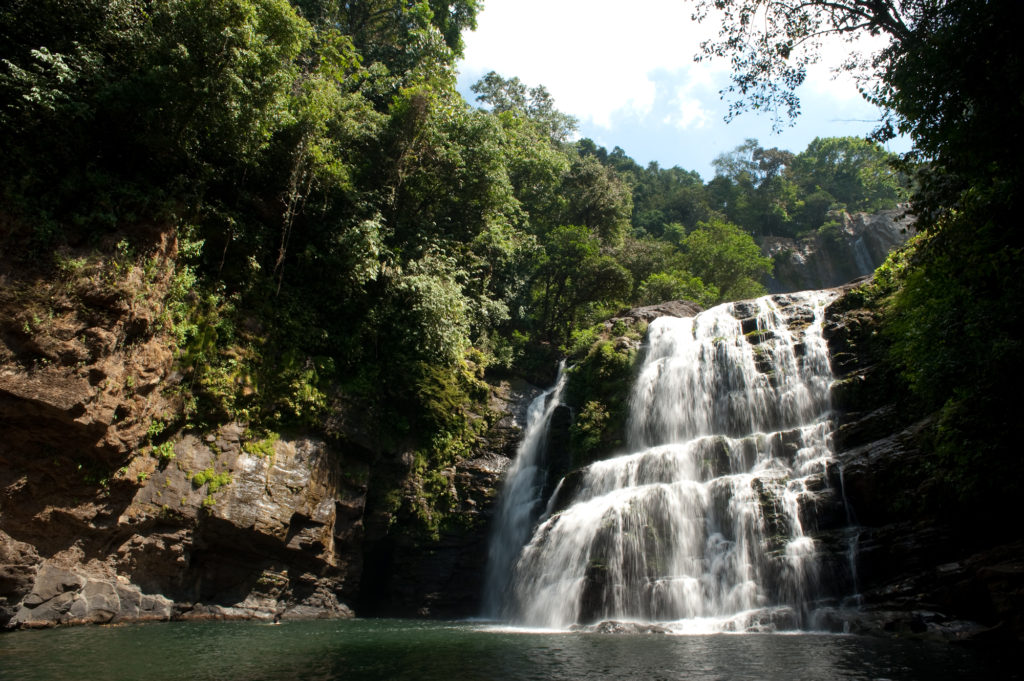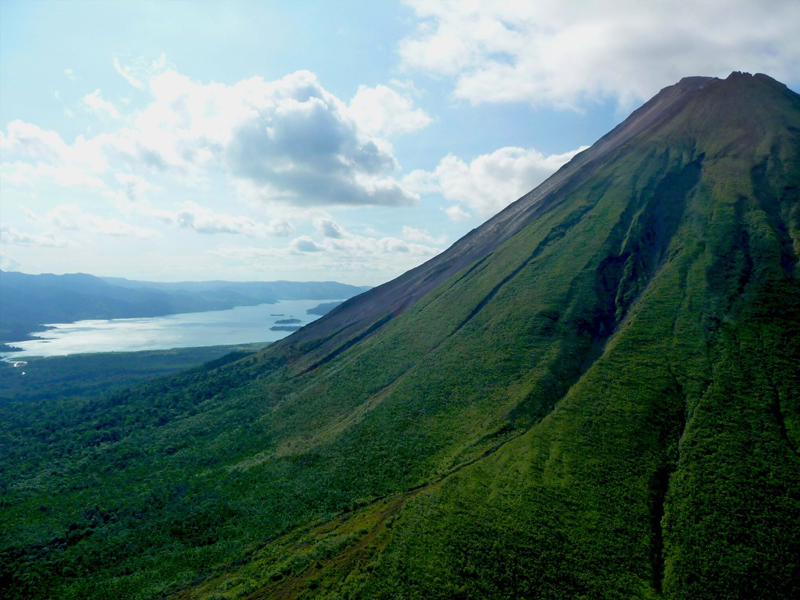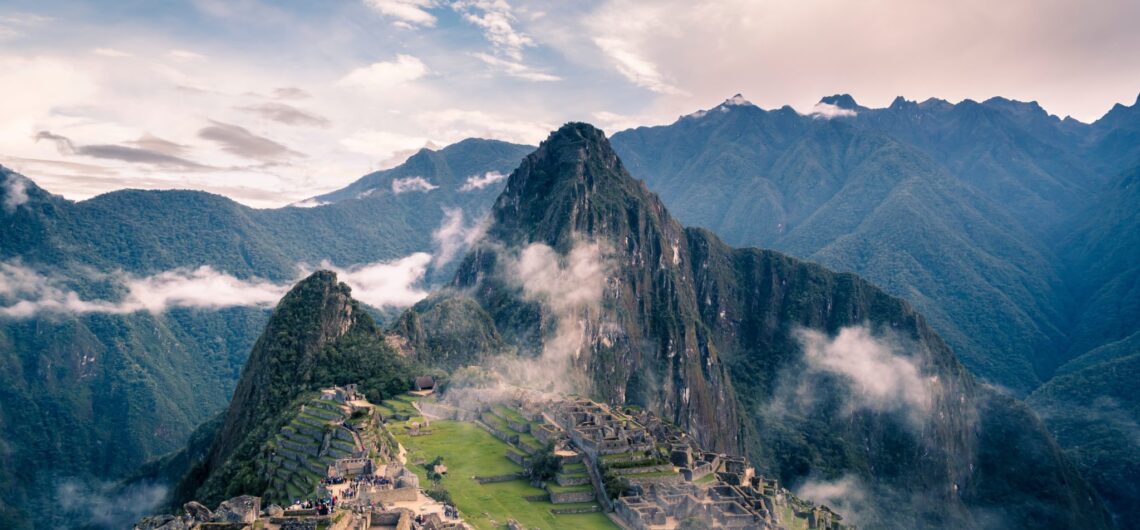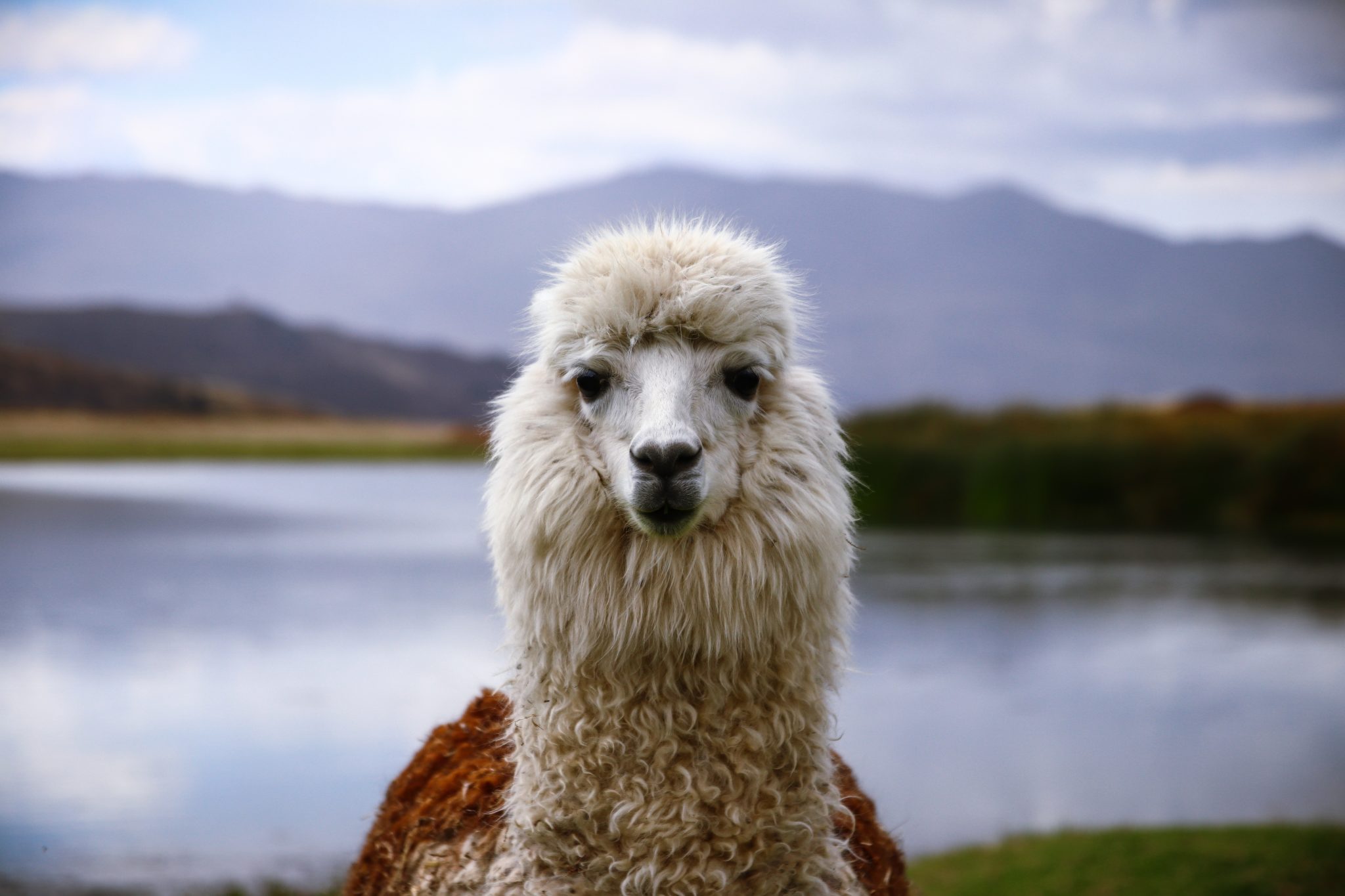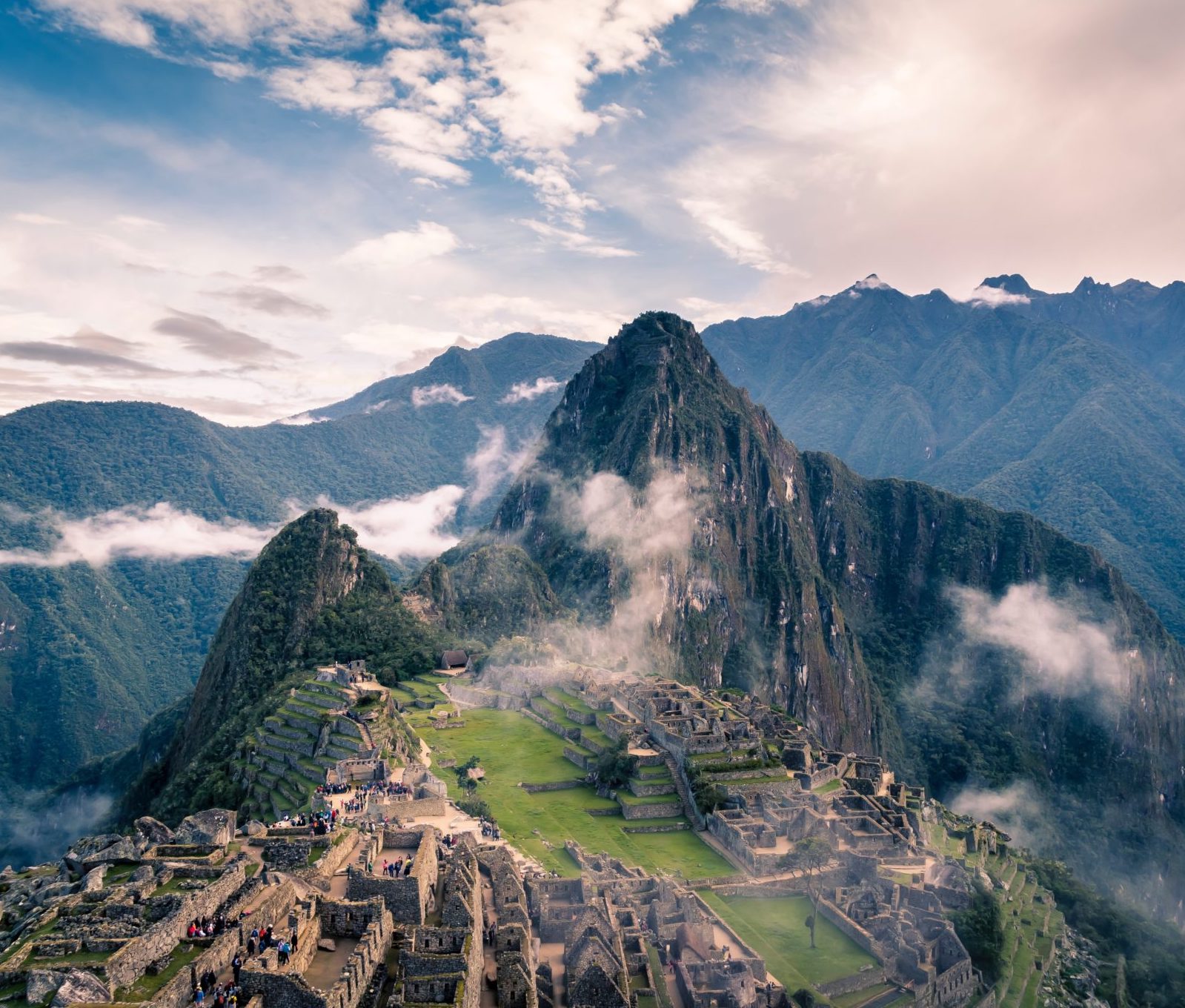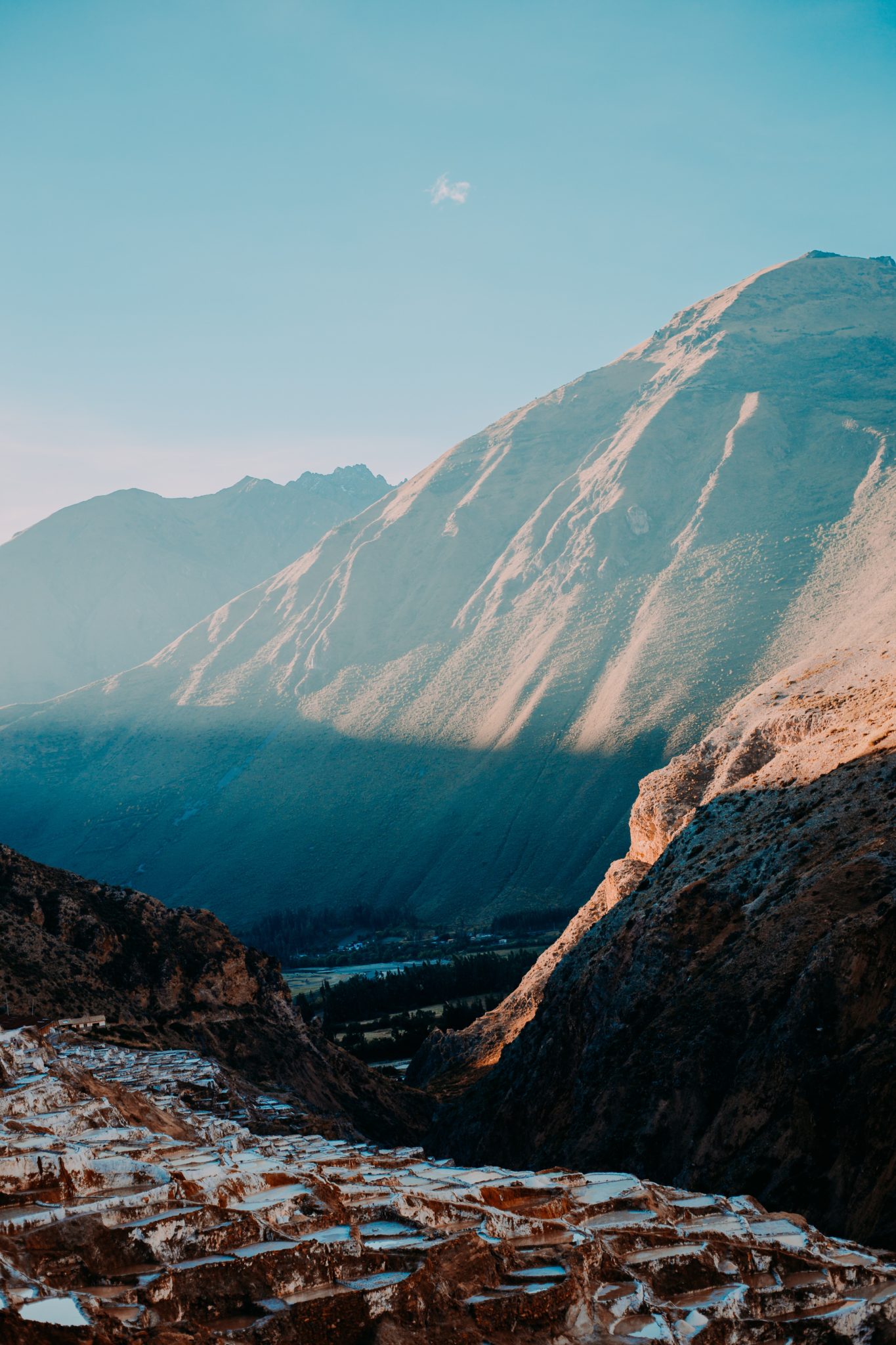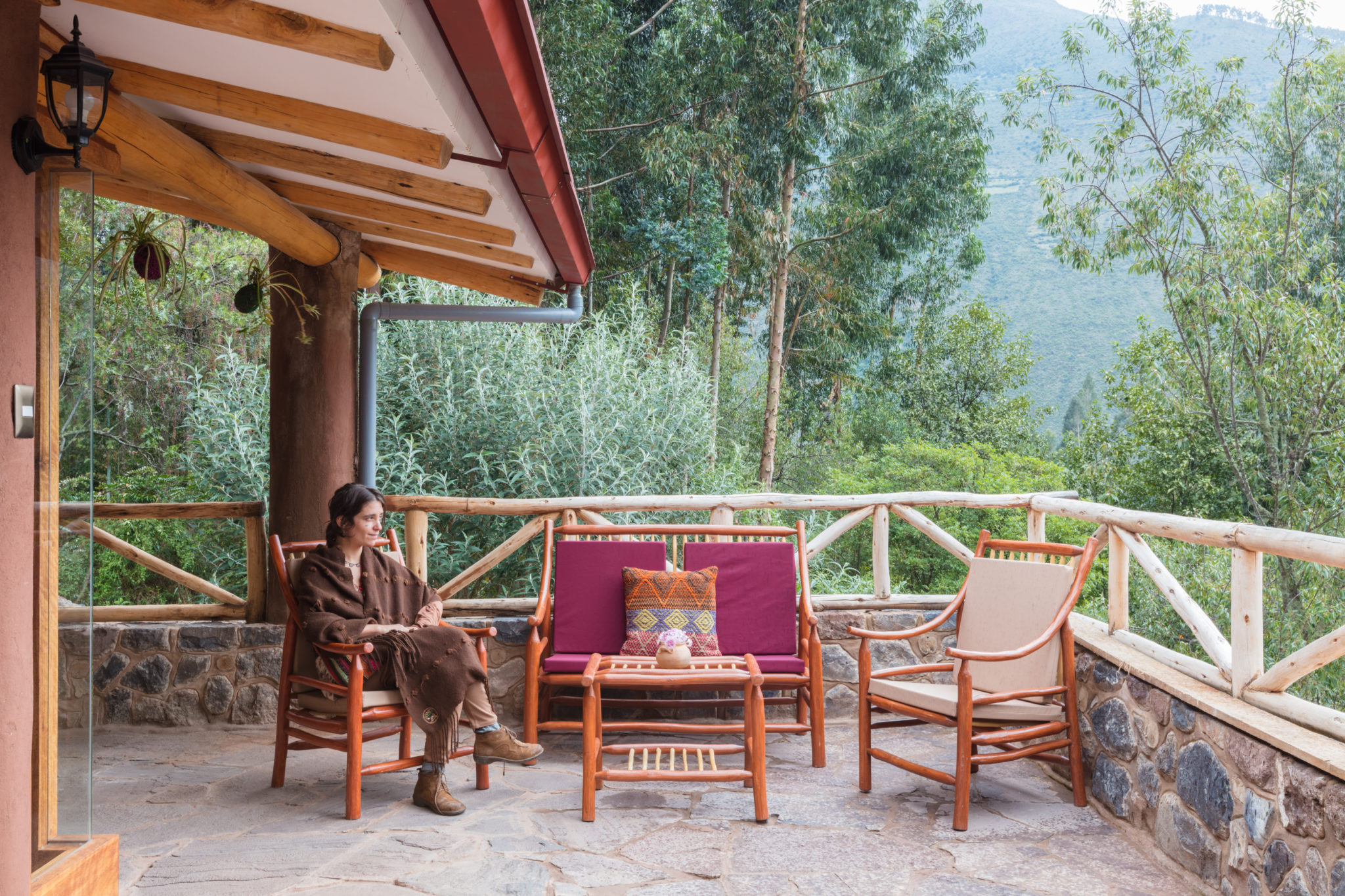Earlier this summer, I had the opportunity to return to a place that changed my life.
After over two decades from when I first arrived in Costa Rica, I traveled with my family to the Southern Zone, to the land where True Nature was born—where the vision first took root, quite literally, in the fertile soil of a tiny village called La Florida.
It had been years since I’d been back. Life had carried me forward—through marriage, fatherhood, the growth of True Nature into an international travel and education company and global community. As our two-week journey across Costa Rica unfolded, I felt a quiet pull, calling me back to the source. Our final stop was a return to the land where it all began.
As we drove the winding mountain roads, memories flooded in with every turn. The road, the trees, the Diamante waterfall, the light on the valley—it all came alive in me. But this time, I wasn’t a 20-something with a vision. I was a father, a husband, twenty years later stewarding the evolution of True nature, this time with my daughters and my wife by my side.
What we found was nothing short of extraordinary.
The pasture land where we once dug trails by hand had become a thriving forest, bursting with the hundreds of trees we planted so many years ago. What were once sketches in my journal had become real structures—built with care, surrounded by waterfalls, gardens, and beauty beyond what I could’ve imagined.
The coconut grove now held a yoga studio and dining space. Wildlife had returned. The land was alive and welcoming again. Our original little home still stood, humble and strong. The first Ceibo tree we planted towered above us, a living monument to vision and time.
We were welcomed by Pablo, our Costa Rican brother and the land’s humble steward for over 20 years. And soon after, we reunited with the Flores family—our neighbors and extended Tico family who embraced us so fully when we first arrived as young dreamers. We shared stories, food, music, prayers. In those moments, I felt the deep truth: this family, this land, this mission—it never left me.
The experience was powerful. Not just nostalgic—but healing. Over the years, there had been moments of doubt. Had we done the right thing by leaving? Did we fulfill our purpose? But in that day back on the land and back home in the village, those quiet questions were answered. What we had planted had taken root. Our vision had not only endured—it had evolved, blossomed, and continued to serve.
This land is where True Nature was born. It’s where the name came to us. It’s where we learned what it means to live in harmony with the Earth. It’s where Believe (formally "CREER"), our non-profit, found its first heartbeat—supporting local schools, working alongside Costa Rican families, learning how to give with humility and reciprocity.
To walk the land again with my daughters, to show them where it all began, was something I’ll carry with me for the rest of my life.
And immense gratitude to Kerry Manter, who has so incredibly carried on the legacy of the land and the True Nature community into what is now called Finca Bella Vida ("Beautiful Life Farm").
The entity that is True Nature continues to evolve.
Rooted in intention.
In community.
In service.
In Earth stewardship.
In connection.
And we are still that—twenty years later.
Anything is possible when we plant with purpose.
When we nurture the soil.
When we honor the roots.
And when we return—again and again—to our True Nature.
Humble and Grateful,
Joshua

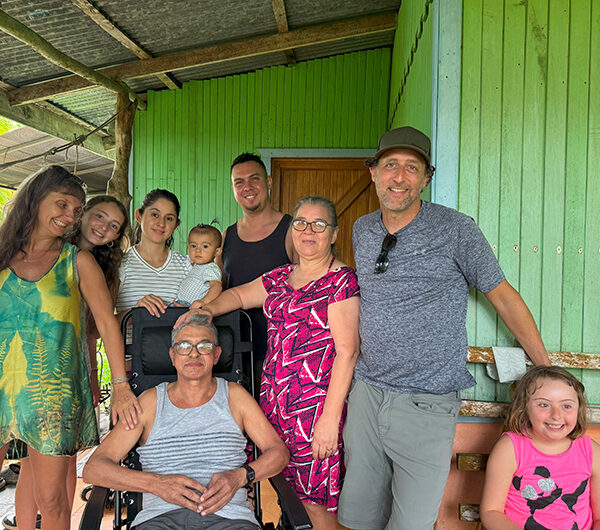
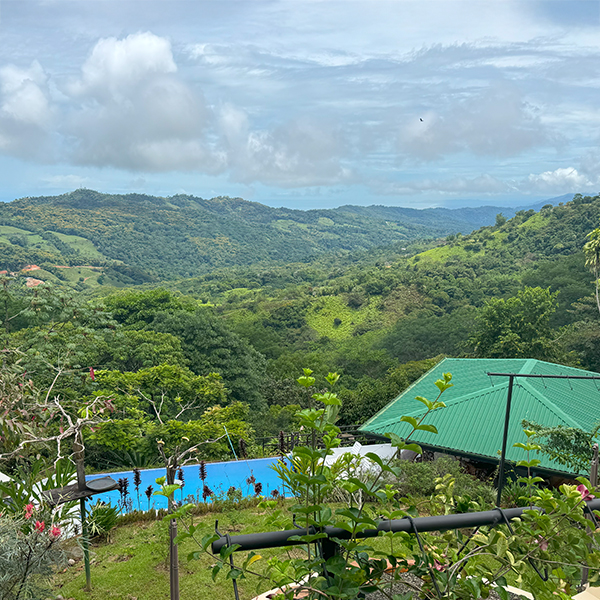
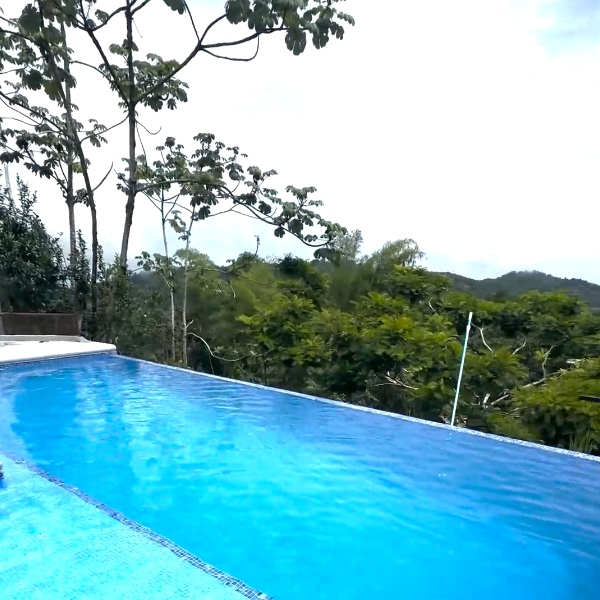
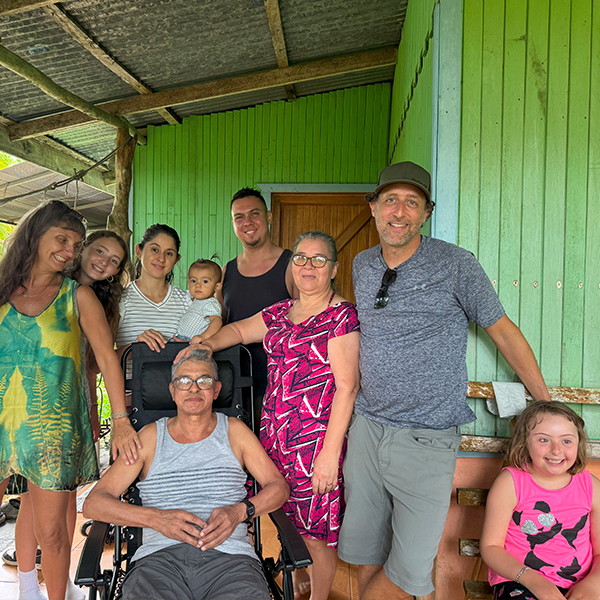
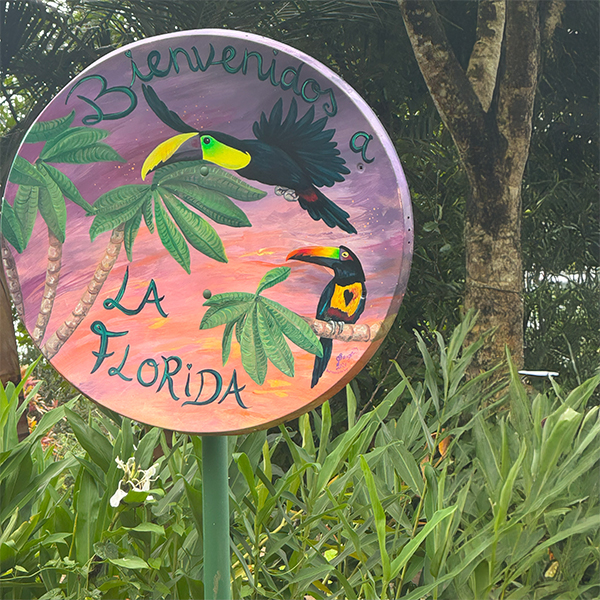

 Costa Rica’s culinary landscape is a testament to its diverse heritage and abundant natural resources. At True Nature Travels, guests have the opportunity to immerse themselves in the flavors and traditions of Costa Rican cuisine. One such venue is a sustainable rainforest eco-lodge and spa, nestled alongside a certified organic, biodynamic farm. Here, guests can walk through well-groomed rainforest trails on guided farm tours and hikes, and enjoy gourmet meals prepared from fresh, organic garden produce.
Costa Rica’s culinary landscape is a testament to its diverse heritage and abundant natural resources. At True Nature Travels, guests have the opportunity to immerse themselves in the flavors and traditions of Costa Rican cuisine. One such venue is a sustainable rainforest eco-lodge and spa, nestled alongside a certified organic, biodynamic farm. Here, guests can walk through well-groomed rainforest trails on guided farm tours and hikes, and enjoy gourmet meals prepared from fresh, organic garden produce.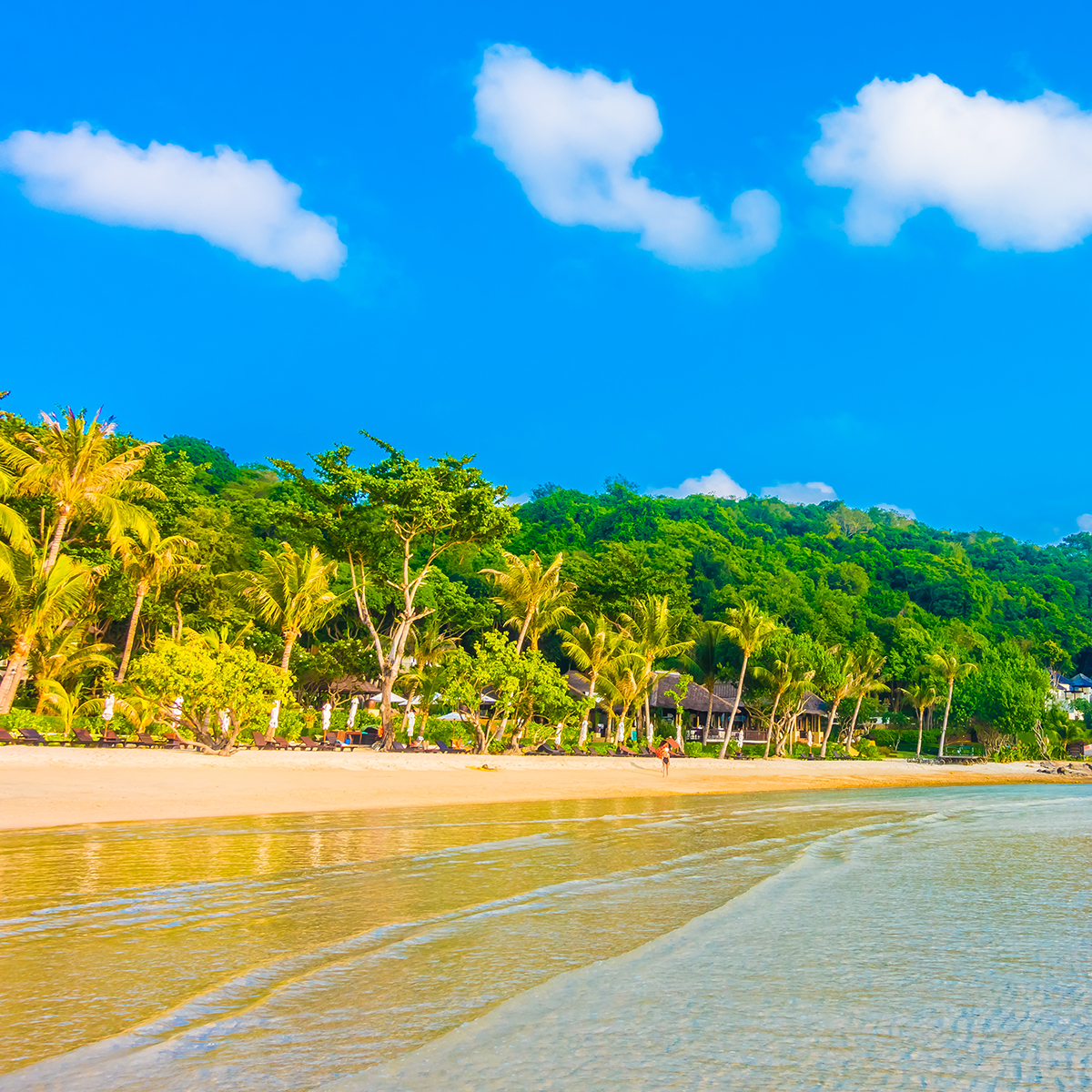
 True Nature Travels embodies a holistic approach to travel, combining cultural immersion, experiential learning, adventure, relaxation, and personal growth. With a diverse catalog of programs ranging from yoga and wellness retreats to educational adventures, True Nature provides a platform for guests to explore their inner and outer worlds in unique and exquisite locations around the globe.
True Nature Travels embodies a holistic approach to travel, combining cultural immersion, experiential learning, adventure, relaxation, and personal growth. With a diverse catalog of programs ranging from yoga and wellness retreats to educational adventures, True Nature provides a platform for guests to explore their inner and outer worlds in unique and exquisite locations around the globe.
 Travel has long been celebrated for its ability to transcend borders, connect people from diverse backgrounds, and foster a deeper appreciation for the rich tapestry of cultures that make our world so vibrant. In Portugal, a country steeped in history, tradition, and cultural diversity, tourism plays a crucial role in promoting cross-cultural understanding and fostering meaningful connections between travelers and local communities.
Travel has long been celebrated for its ability to transcend borders, connect people from diverse backgrounds, and foster a deeper appreciation for the rich tapestry of cultures that make our world so vibrant. In Portugal, a country steeped in history, tradition, and cultural diversity, tourism plays a crucial role in promoting cross-cultural understanding and fostering meaningful connections between travelers and local communities. Tourism in Portugal is not just about visiting iconic landmarks or ticking items off a bucket list—it’s about engaging with the vibrant tapestry of local communities that make each destination unique. By supporting local businesses, artisans, and cultural initiatives, travelers play a vital role in preserving and promoting Portugal’s cultural heritage.
Tourism in Portugal is not just about visiting iconic landmarks or ticking items off a bucket list—it’s about engaging with the vibrant tapestry of local communities that make each destination unique. By supporting local businesses, artisans, and cultural initiatives, travelers play a vital role in preserving and promoting Portugal’s cultural heritage.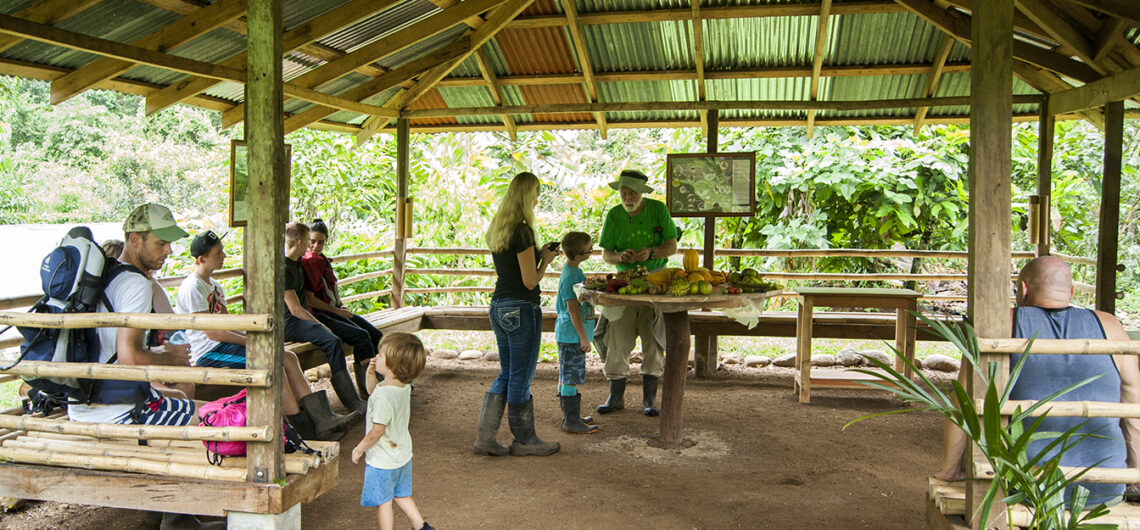
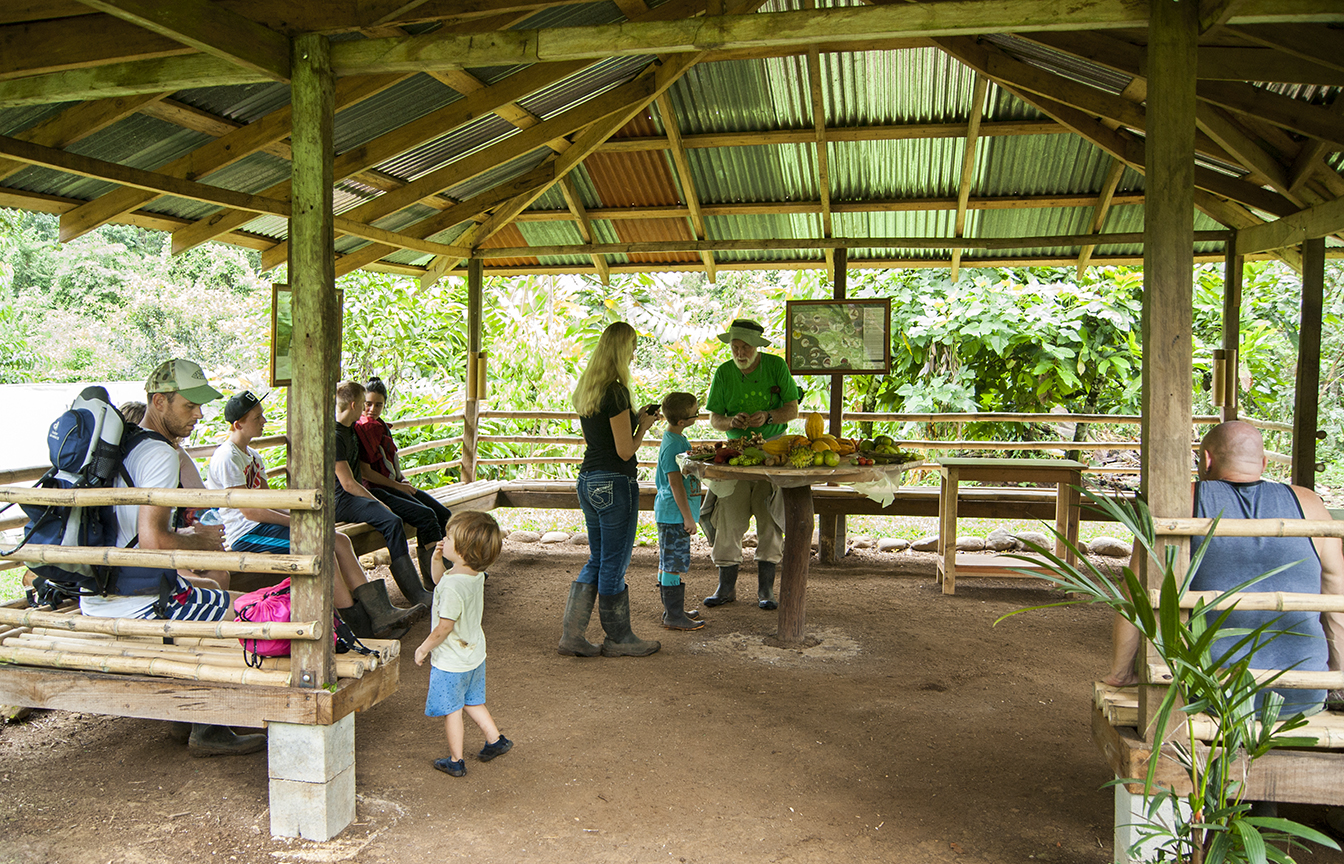
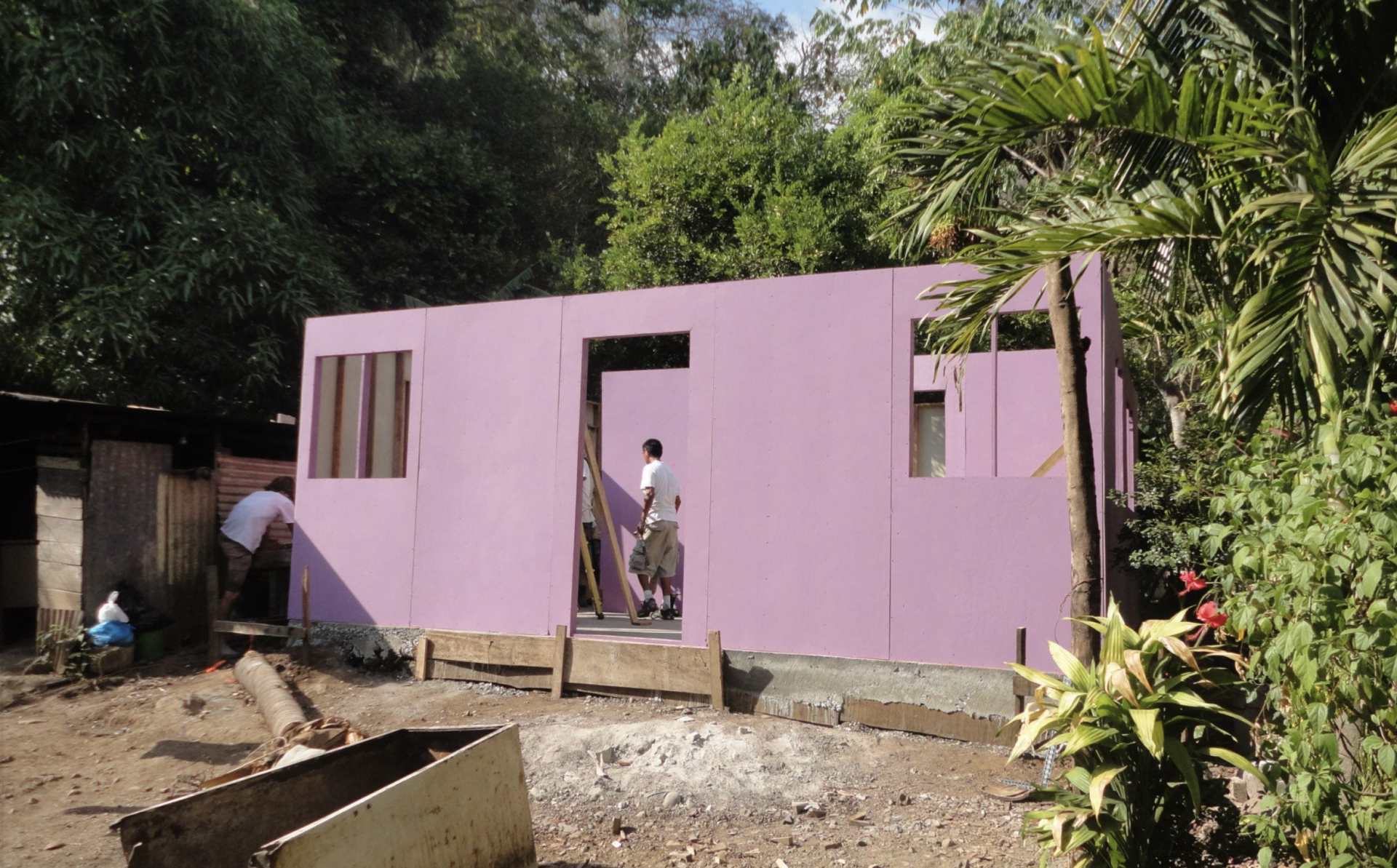
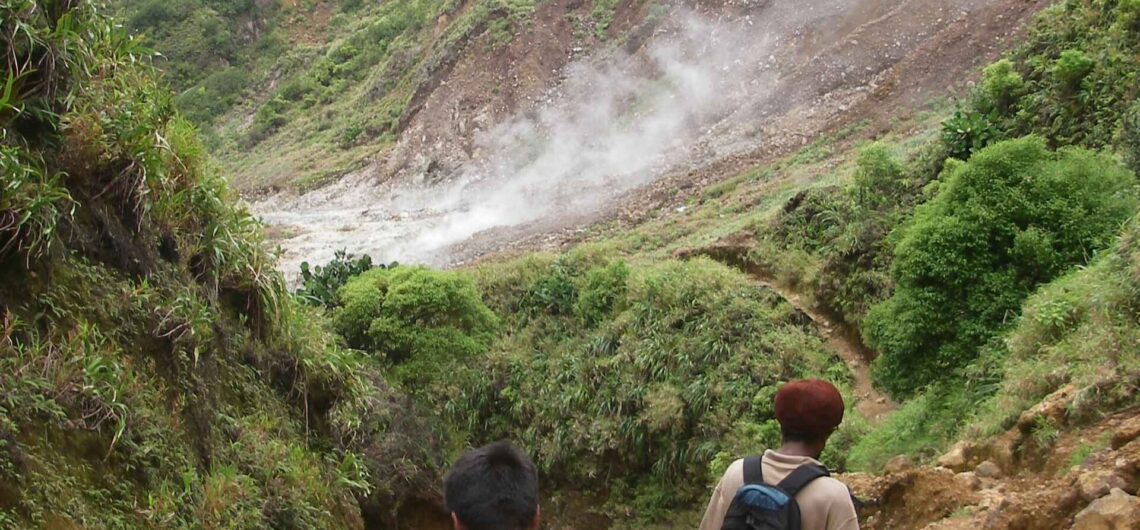
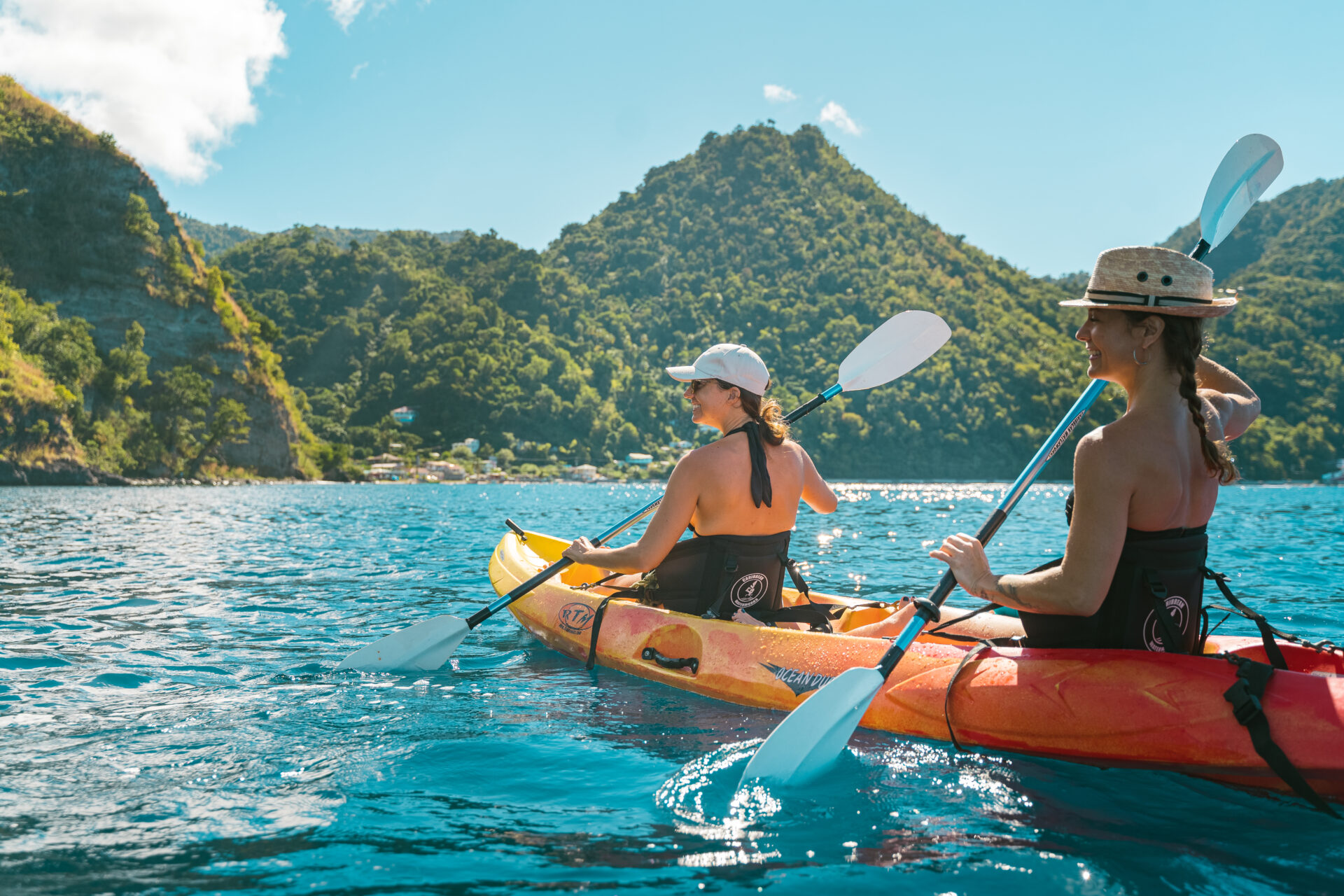 Tucked in the bosom of the Caribbean, Soufriere of Dominica serves as a pristine gem untouched by the hands of commercialism. This quaint community, located on the verdant island of Dominica, presents an unparalleled opportunity for cultural immersion and exploration of natural wonders.
Tucked in the bosom of the Caribbean, Soufriere of Dominica serves as a pristine gem untouched by the hands of commercialism. This quaint community, located on the verdant island of Dominica, presents an unparalleled opportunity for cultural immersion and exploration of natural wonders.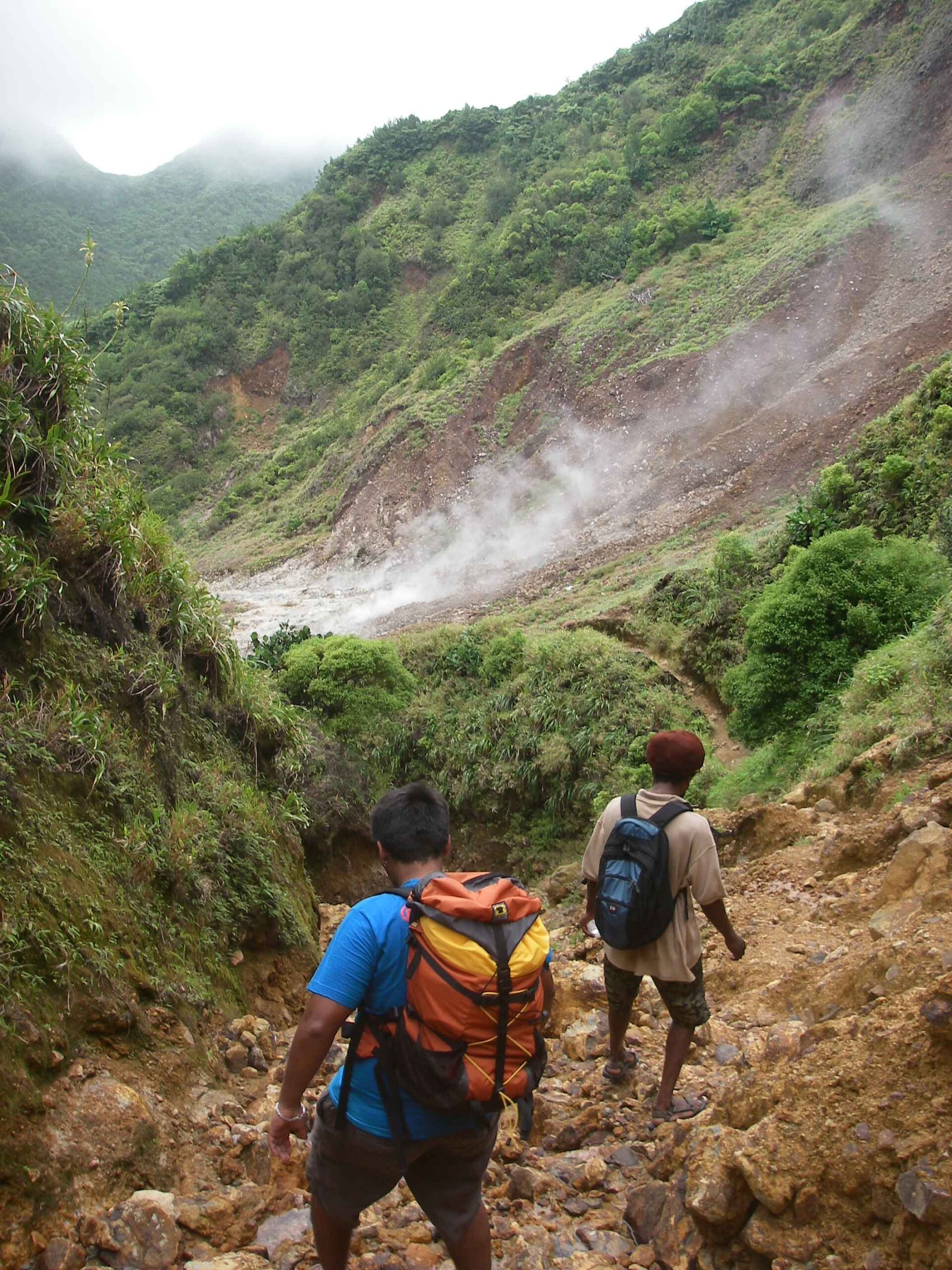 Dominican cuisine, much like its culture, is a flavorful blend of Carib/Kalinago, African, and Creole influences. In Soufriere, the food scene is a gastronomic journey steeped in tradition and local produce. From farm to table, each dish is an ode to the island’s fertility and biodiversity. One of the must-try dishes is the national staple, “Mountain Chicken” (locally known as Crapaud), a delicacy made from a frog species endemic to the island. The “Callaloo Soup,” a hearty blend of leafy greens, okra, and coconut milk, is another authentic treat. Seafood lovers can indulge in freshly caught “Langouste,” a local variety of lobster, grilled to perfection. Fruits such as guavas, papayas, soursop, and the island’s infamous breadfruit often find their way into meals, either as side dishes or desserts. Dining in Soufriere is not merely about sustenance, but a celebration of the island’s bountiful harvest and diverse culinary heritage.
Dominican cuisine, much like its culture, is a flavorful blend of Carib/Kalinago, African, and Creole influences. In Soufriere, the food scene is a gastronomic journey steeped in tradition and local produce. From farm to table, each dish is an ode to the island’s fertility and biodiversity. One of the must-try dishes is the national staple, “Mountain Chicken” (locally known as Crapaud), a delicacy made from a frog species endemic to the island. The “Callaloo Soup,” a hearty blend of leafy greens, okra, and coconut milk, is another authentic treat. Seafood lovers can indulge in freshly caught “Langouste,” a local variety of lobster, grilled to perfection. Fruits such as guavas, papayas, soursop, and the island’s infamous breadfruit often find their way into meals, either as side dishes or desserts. Dining in Soufriere is not merely about sustenance, but a celebration of the island’s bountiful harvest and diverse culinary heritage.
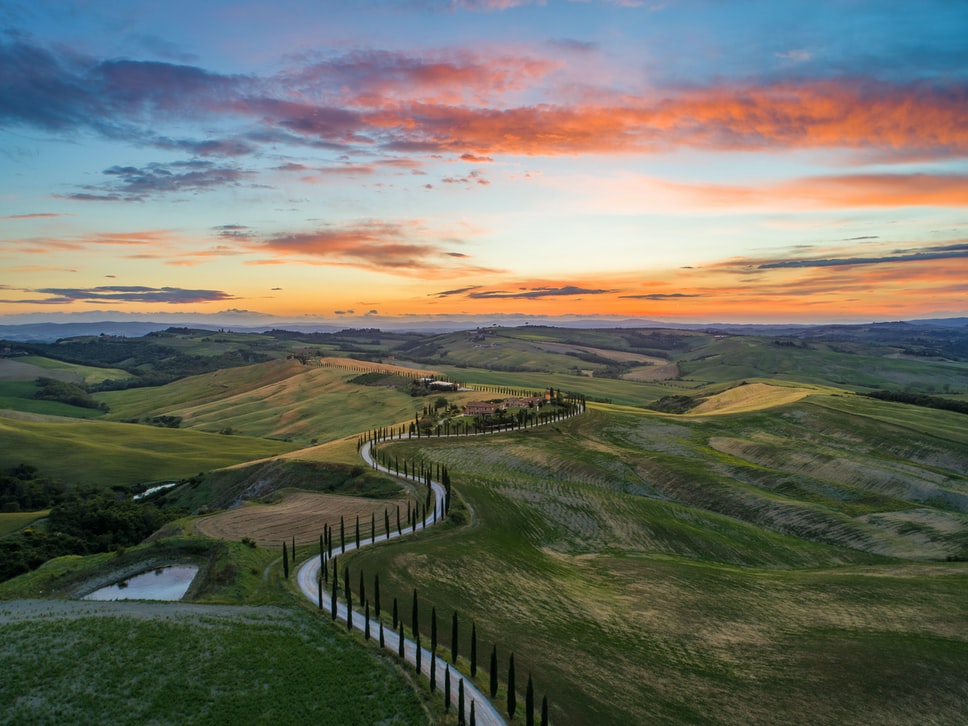
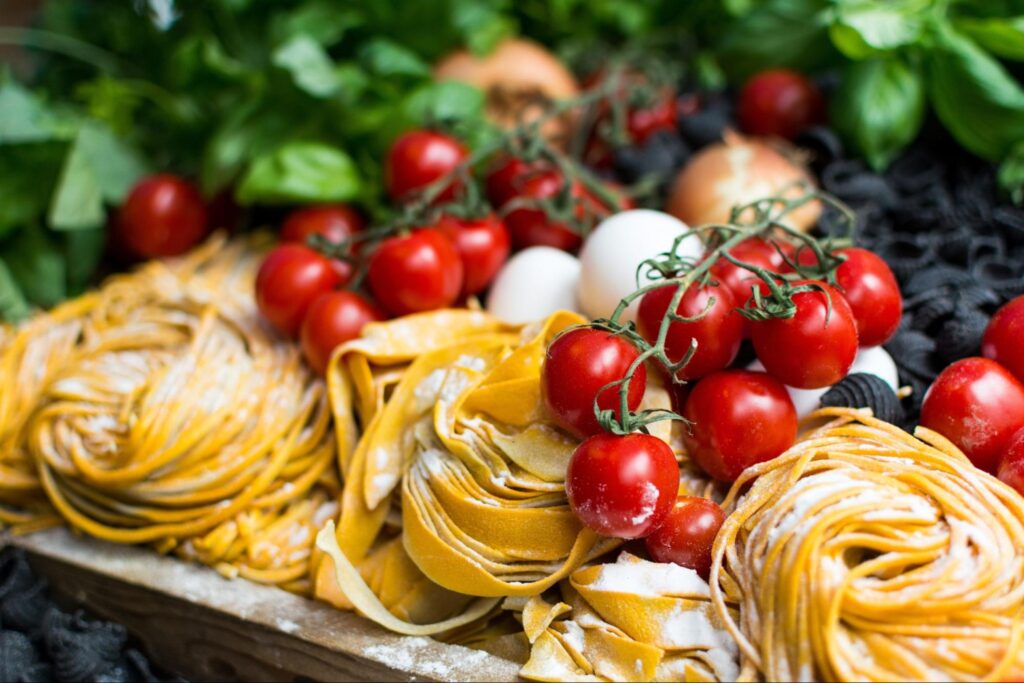 Italian cheesemakers are artisans of dairy. From the creamy mozzarella of Campania to the sharp pecorino of Sardinia, Italian cheeses are a testament to the skill and dedication of the cheesemakers. Each cheese is unique, reflecting the characteristics of the region it comes from and the individual touch of the cheesemaker. The art of cheese making is often passed down through generations, reflecting a deep bond with the land and a profound understanding of the craft.
Italian cheesemakers are artisans of dairy. From the creamy mozzarella of Campania to the sharp pecorino of Sardinia, Italian cheeses are a testament to the skill and dedication of the cheesemakers. Each cheese is unique, reflecting the characteristics of the region it comes from and the individual touch of the cheesemaker. The art of cheese making is often passed down through generations, reflecting a deep bond with the land and a profound understanding of the craft.

 Immerse yourself in the rich tapestry of Latin American culture by experiencing it firsthand. Diverse and vibrant, these immersive experiences take you beyond the realm of the ordinary, plunging you into the heart of local traditions.
Immerse yourself in the rich tapestry of Latin American culture by experiencing it firsthand. Diverse and vibrant, these immersive experiences take you beyond the realm of the ordinary, plunging you into the heart of local traditions. Participating in traditional workshops can be a captivating way to learn about the local customs and crafts. In
Participating in traditional workshops can be a captivating way to learn about the local customs and crafts. In 
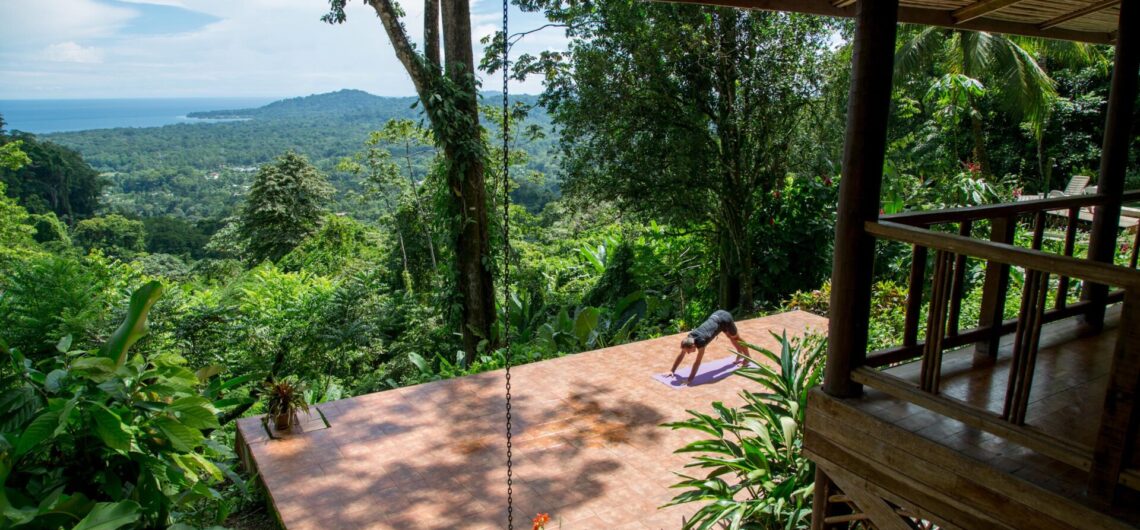
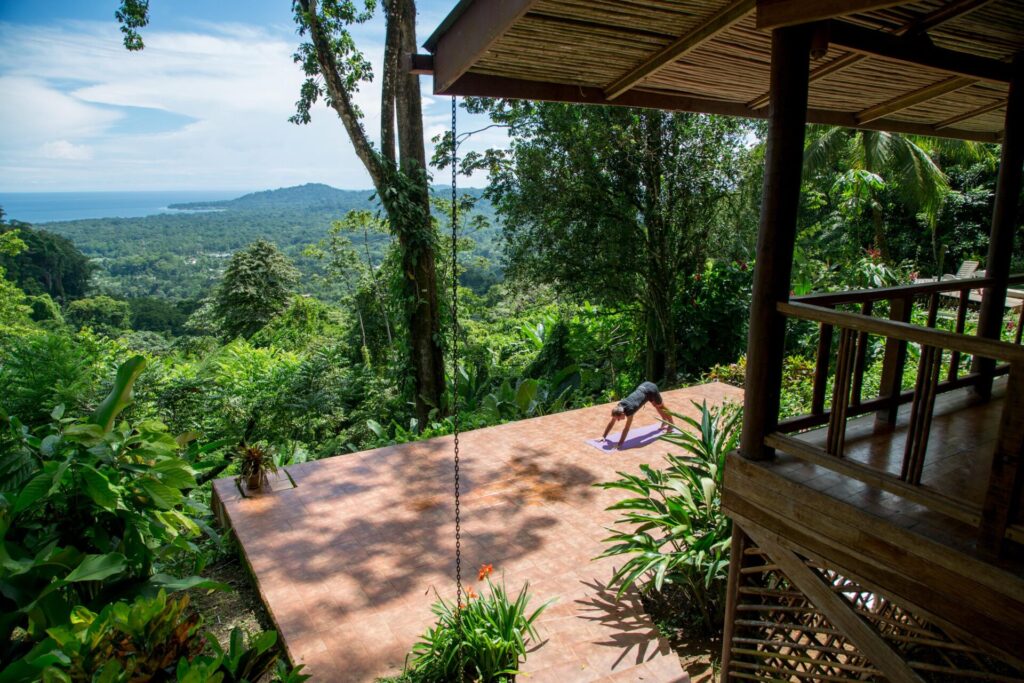 Let me invite
Let me invite 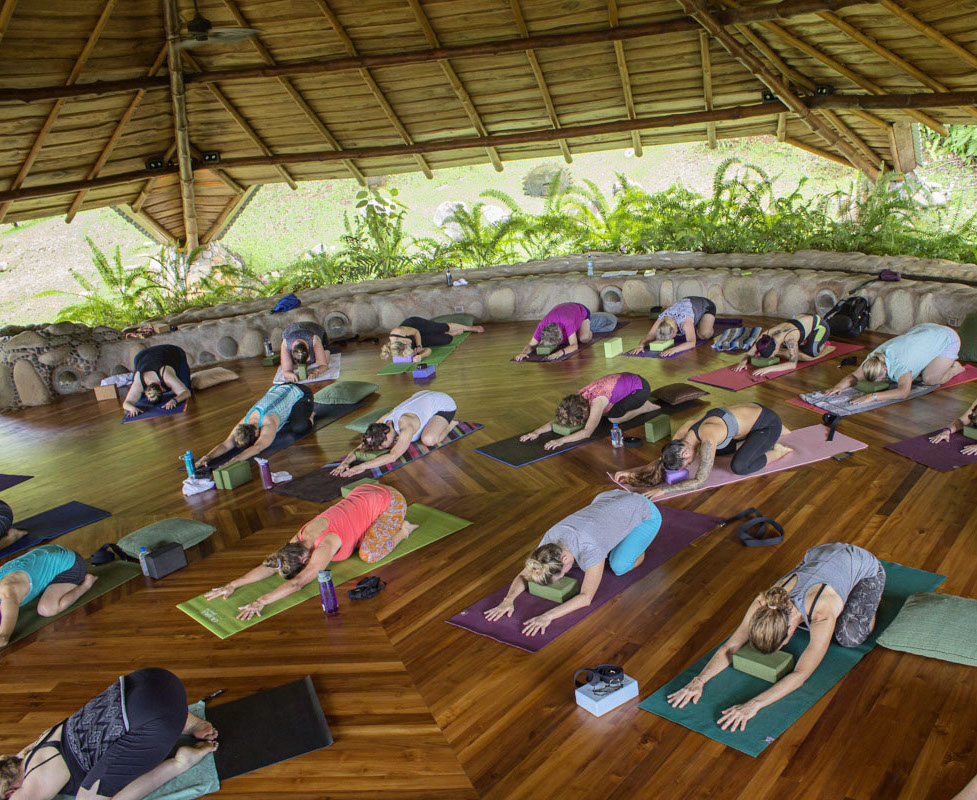
 Dr. Margo Bachman DACM has been passionate about natural medicine and healing for over thirty years. Her own healing experiences and innate curiosity continue to inspire her life and her career. She discovered holistic medicine to heal herself from menstrual problems, pregnancy loss, hormonal craziness and all sorts of other ailments and has been amazed by the power of natural medicine.
Dr. Margo Bachman DACM has been passionate about natural medicine and healing for over thirty years. Her own healing experiences and innate curiosity continue to inspire her life and her career. She discovered holistic medicine to heal herself from menstrual problems, pregnancy loss, hormonal craziness and all sorts of other ailments and has been amazed by the power of natural medicine.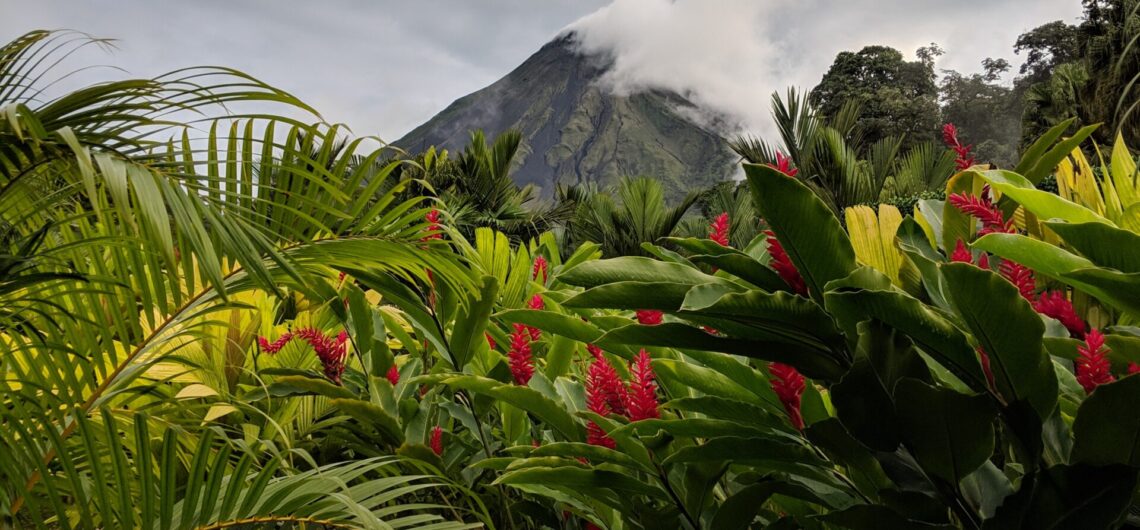
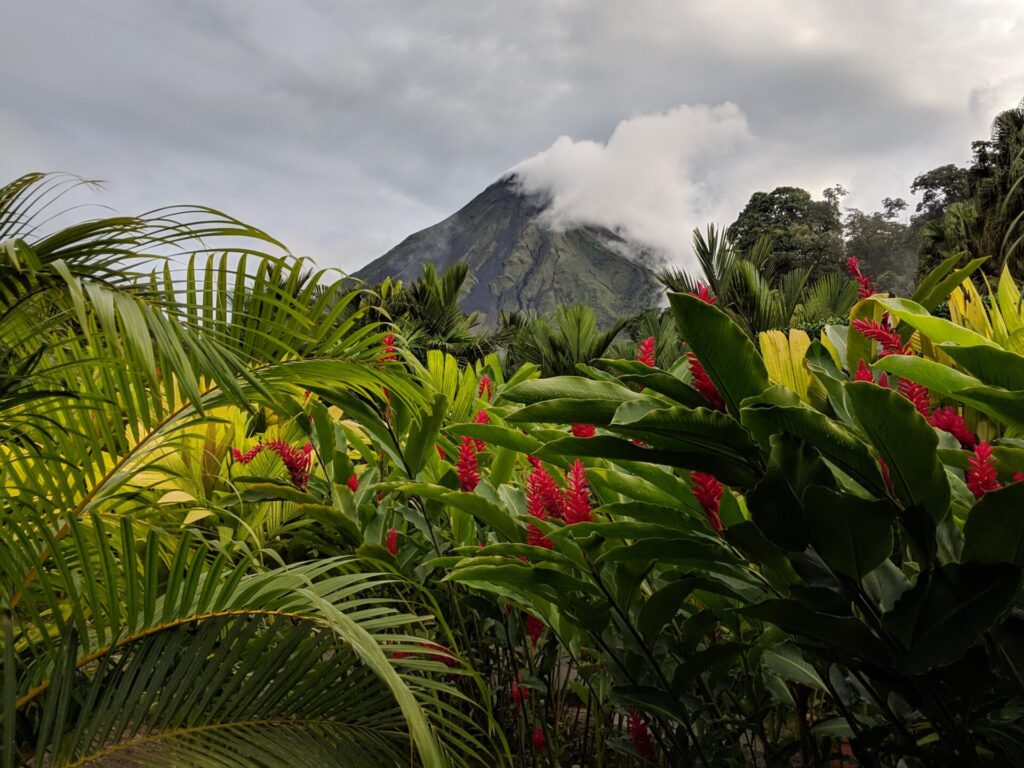 Costa Rica is a Central American nation known for its stunning beaches, lush jungles and diverse wildlife. But one of the most remarkable characteristics of this small country is its rich culture and history. With influences from both indigenous people and European settlers, Costa Rica offers an array of cultural activities to explore from traditional music and dance to art and architecture.
Costa Rica is a Central American nation known for its stunning beaches, lush jungles and diverse wildlife. But one of the most remarkable characteristics of this small country is its rich culture and history. With influences from both indigenous people and European settlers, Costa Rica offers an array of cultural activities to explore from traditional music and dance to art and architecture.